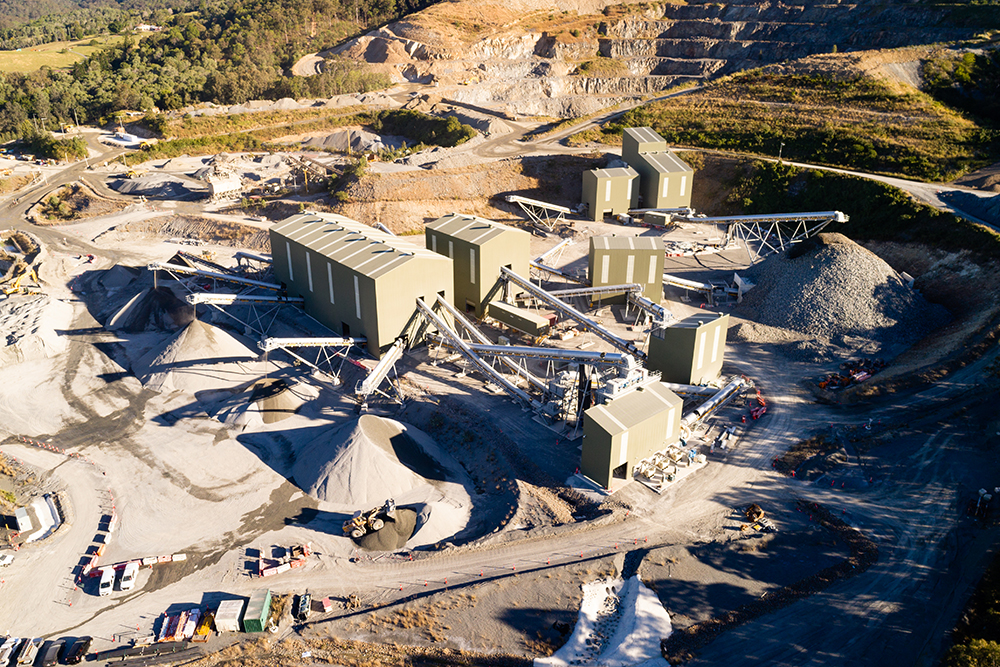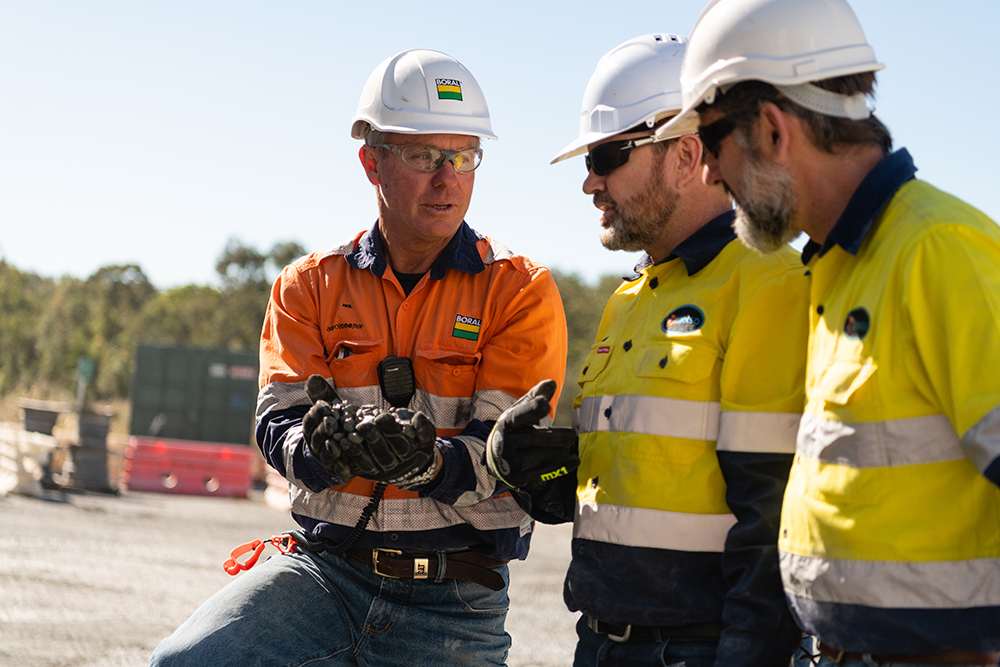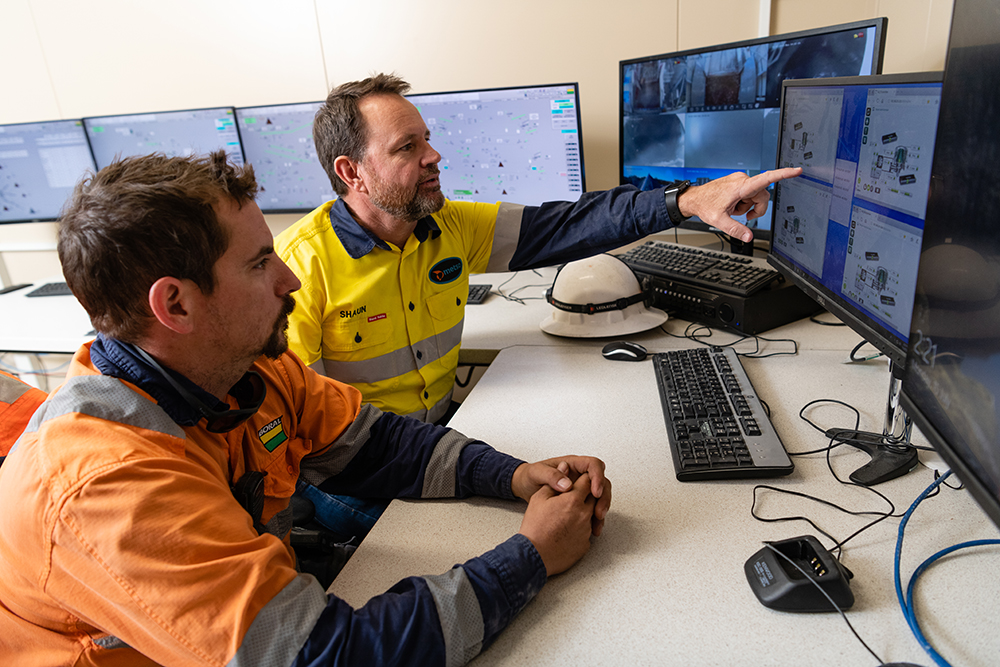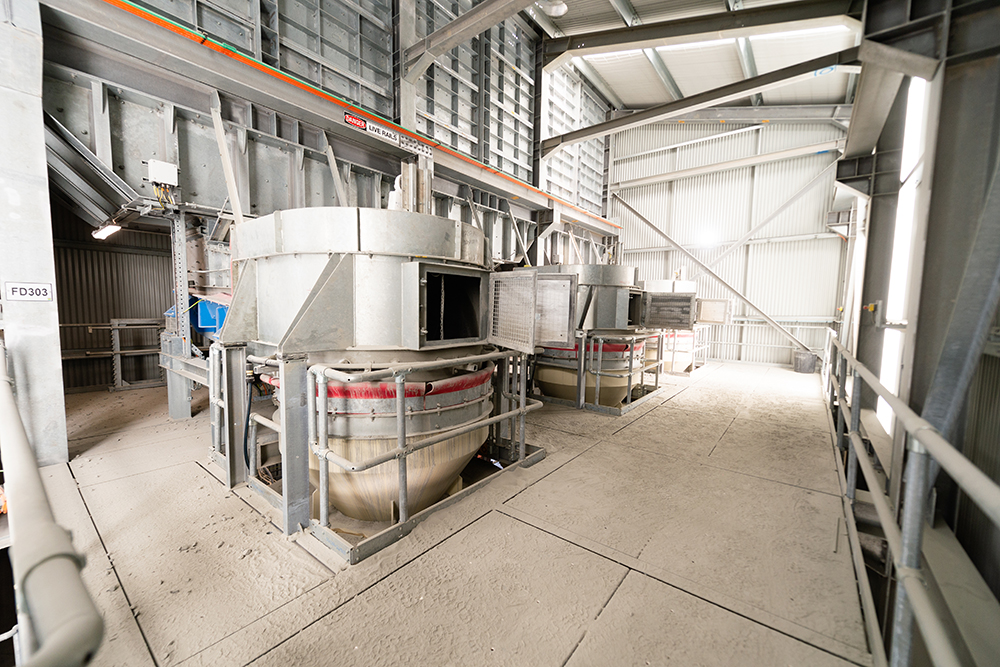Replacing Ormeau’s aging processing plant
Ormeau is one of the company’s twelve Queensland based quarries. Centrally located approximately 30 km from the Gold Coast and 40 km from Brisbane, the site is placed within a major rock formation called the Neranleigh-Fernvale beds, a large zone consisting of massive to slightly foliated meta-greywacke with minor bands of shale and argillite. Originally owned by Quarry Industries, quarrying at the site began in 1981. A joint venture was then formed in 1987 between BMG Resources and Quarry Industries. This endured until Boral acquired Quarry Industries in 1994. Boral has been the sole owner-operator of the quarry ever since.
Queensland’s capital - Brisbane, is Australia’s third largest city with a population of around 1.2 million. Located between Brisbane and the border of New South Wales is the City of Gold Coast, Queensland’s second largest city. Connecting these two cities with modern infrastructure and catering for their rapidly growing population is driving the need for huge volumes of aggregate.
To help meet this demand, in 2017 Boral embarked on a project to replace Ormeau’s aging processing plant, quadrupling the quarry’s production capabilities.
Neil Bellamy, Boral’s Drill & Blast Manager - Queensland and Northern Territory, has been closely involved in the expansion, managing the operational readiness of the project and site interaction.
“The site has traditionally produced around 500,000 tonnes of quarry materials per annum. This included the supply of asphalt aggregate to Boral Asphalt in Southeast Queensland, a limited amount of concrete aggregates and manufactured sand to internal concrete customers, as well as other construction materials to the infrastructure and private sectors.” he said. “Over the next few years we will ramp up production at Ormeau to 2 million tonnes per annum.”



